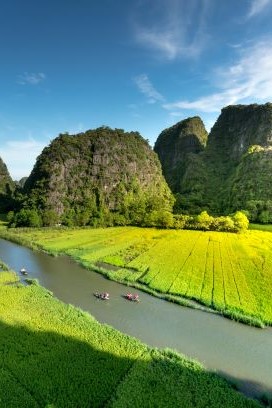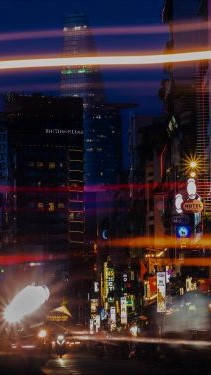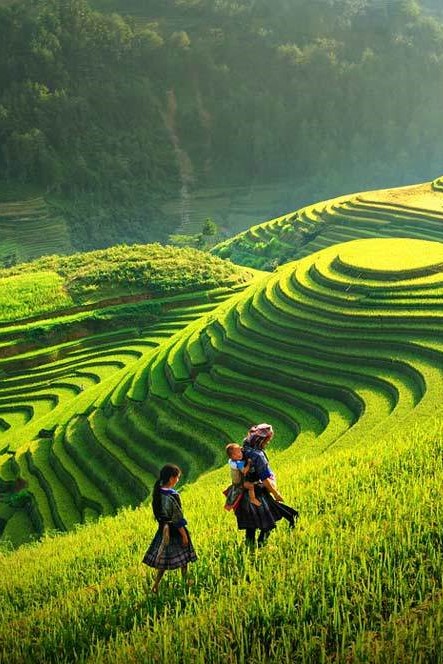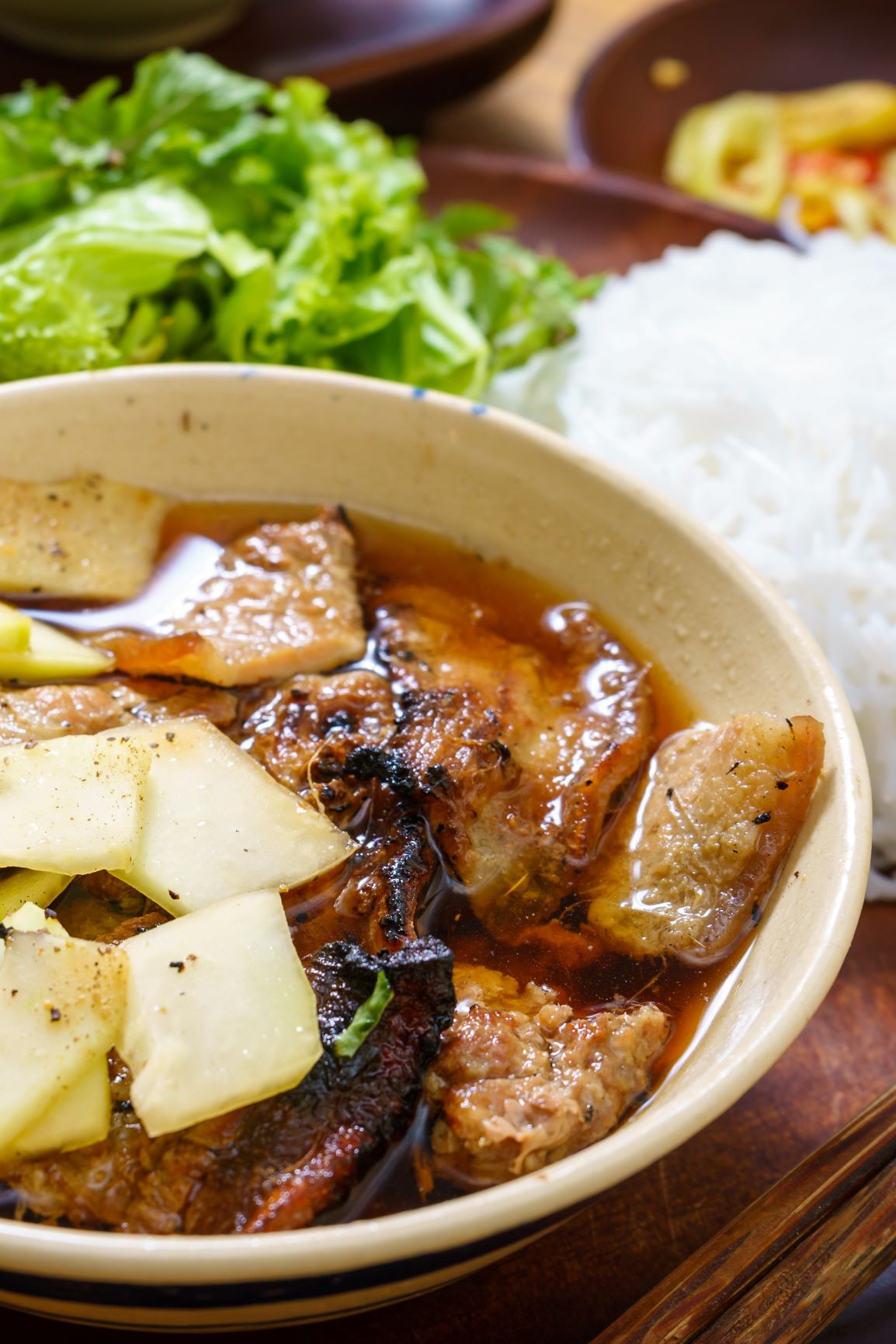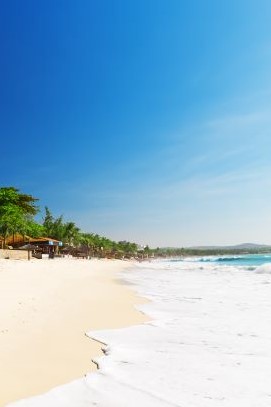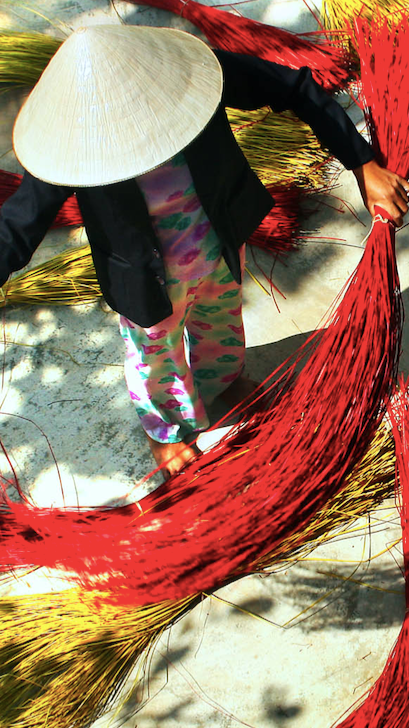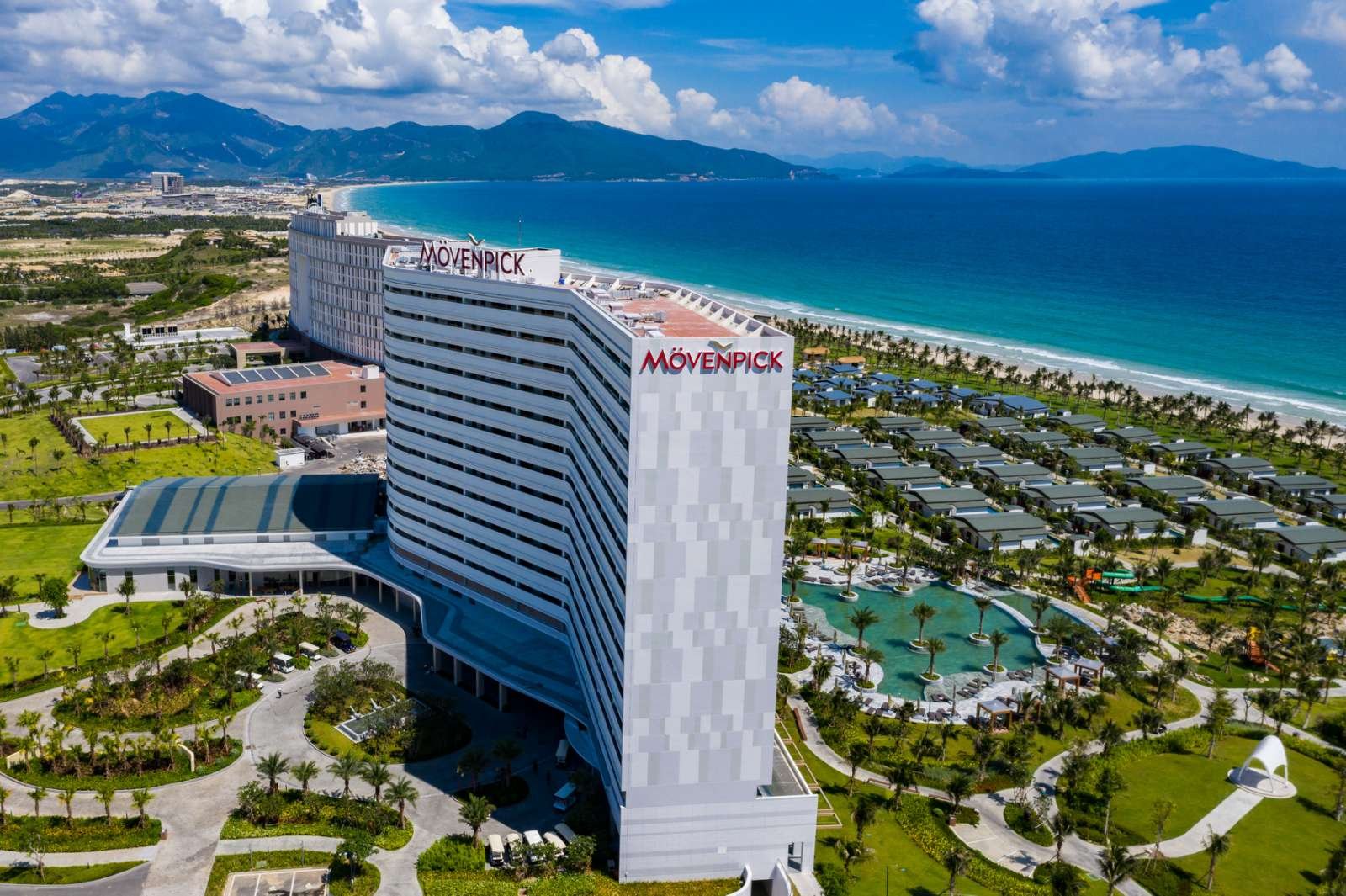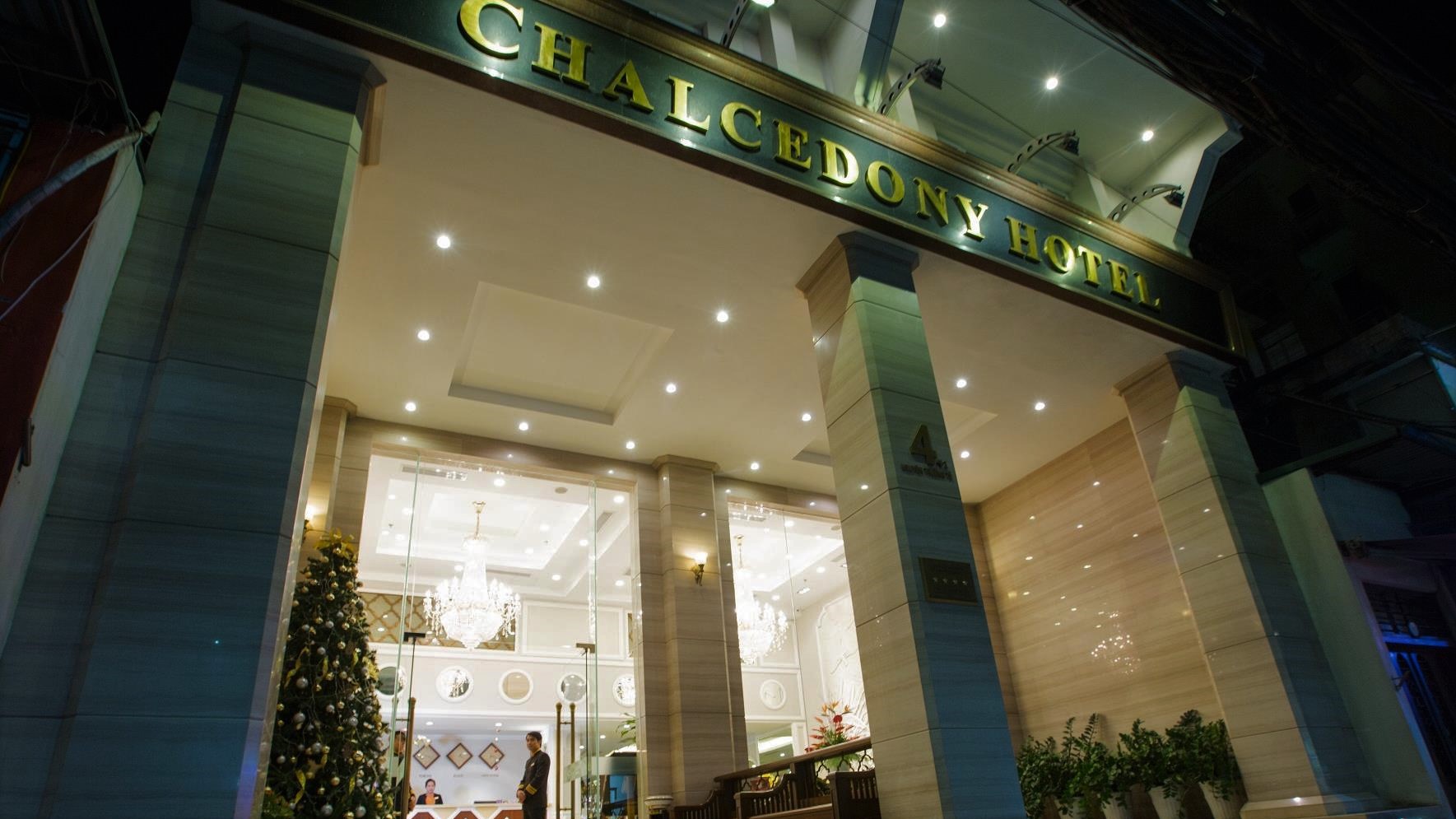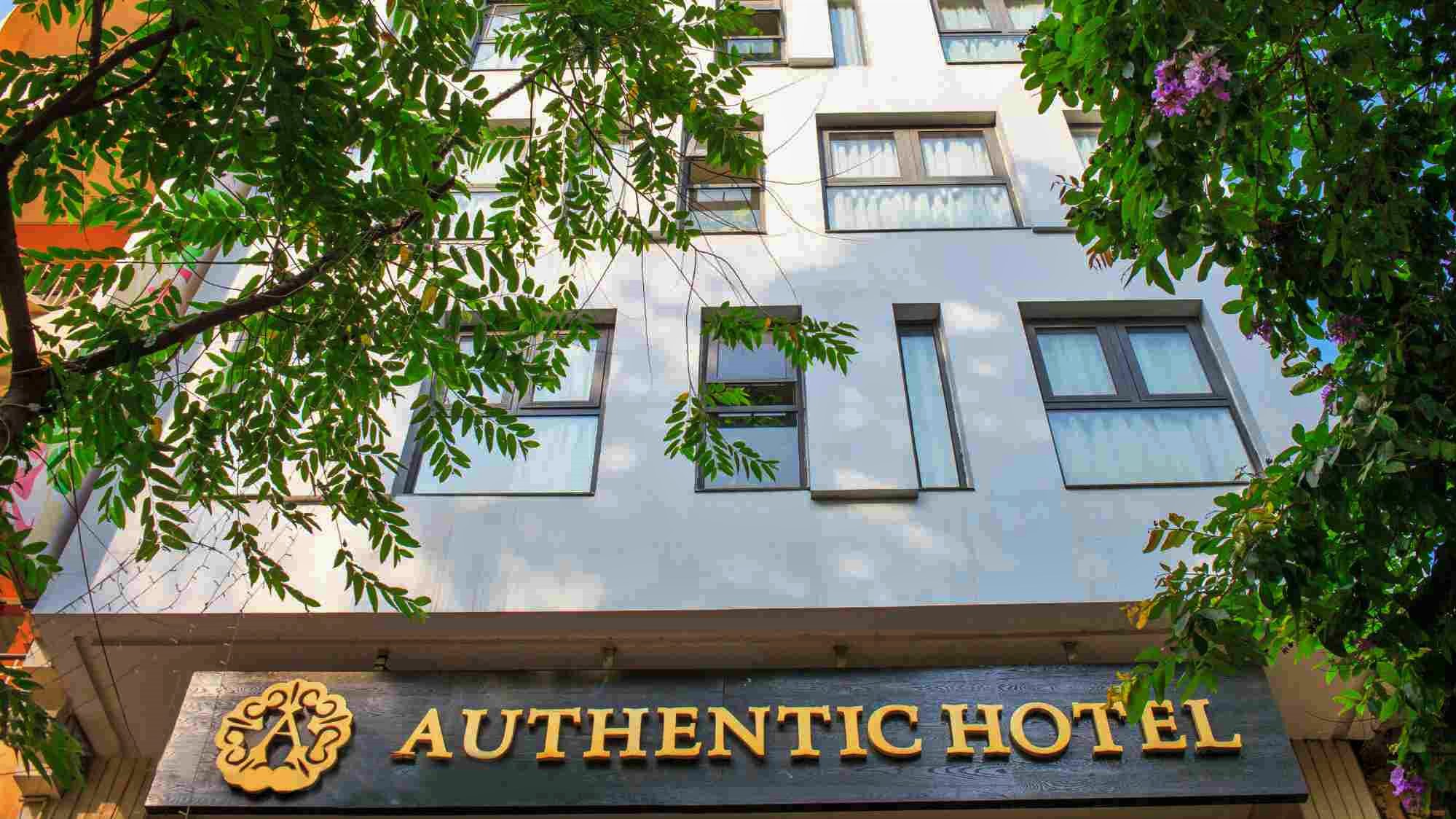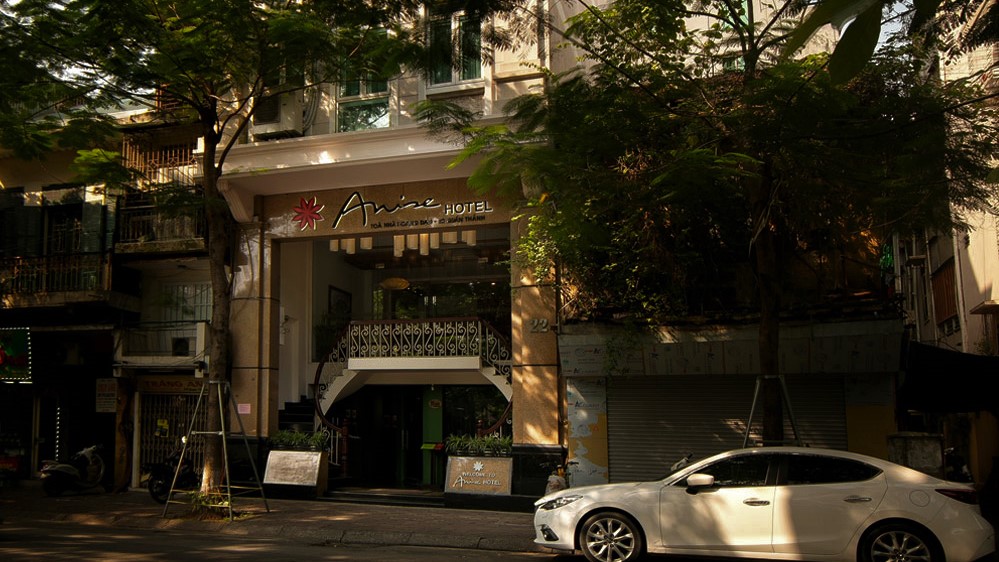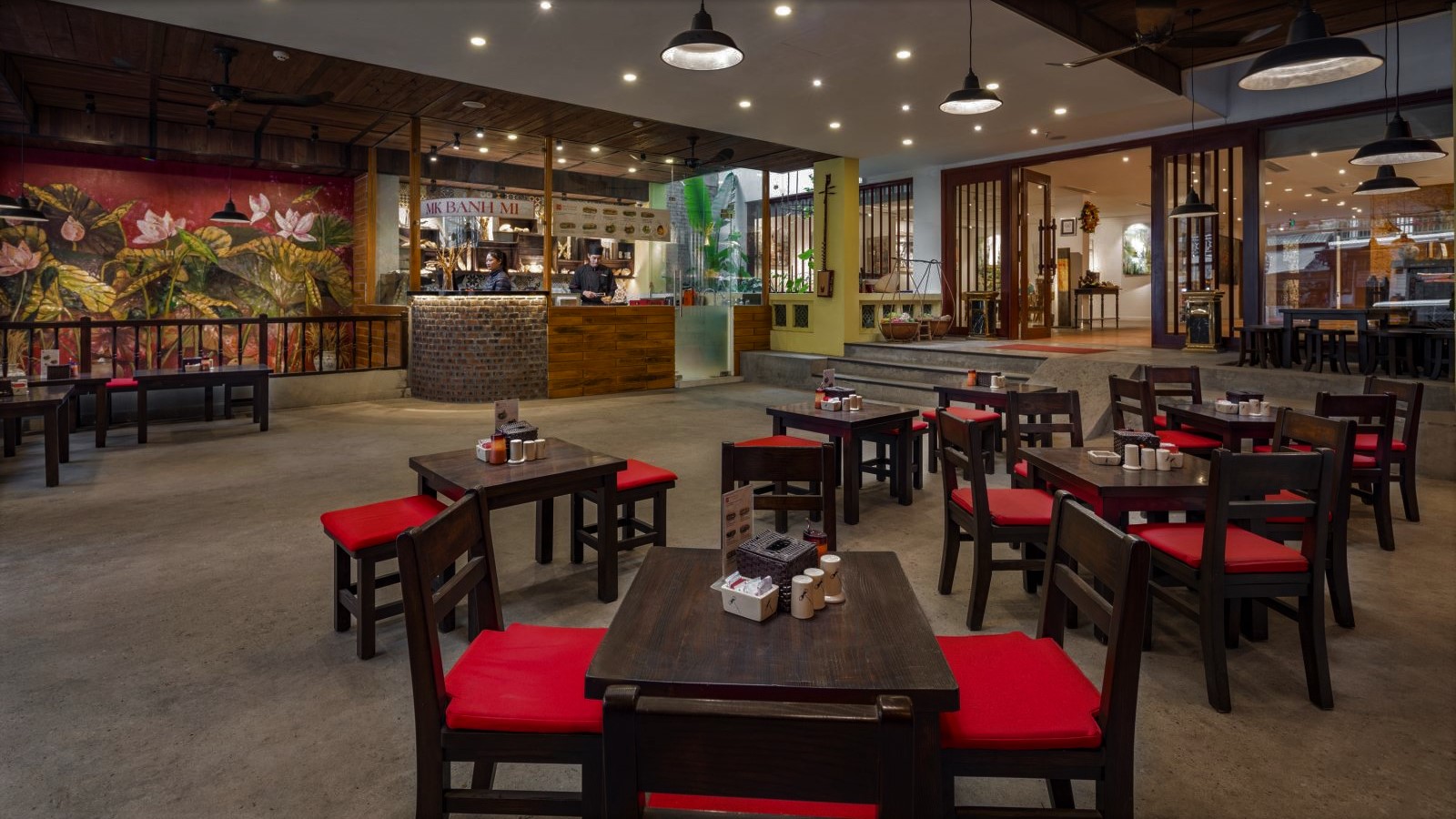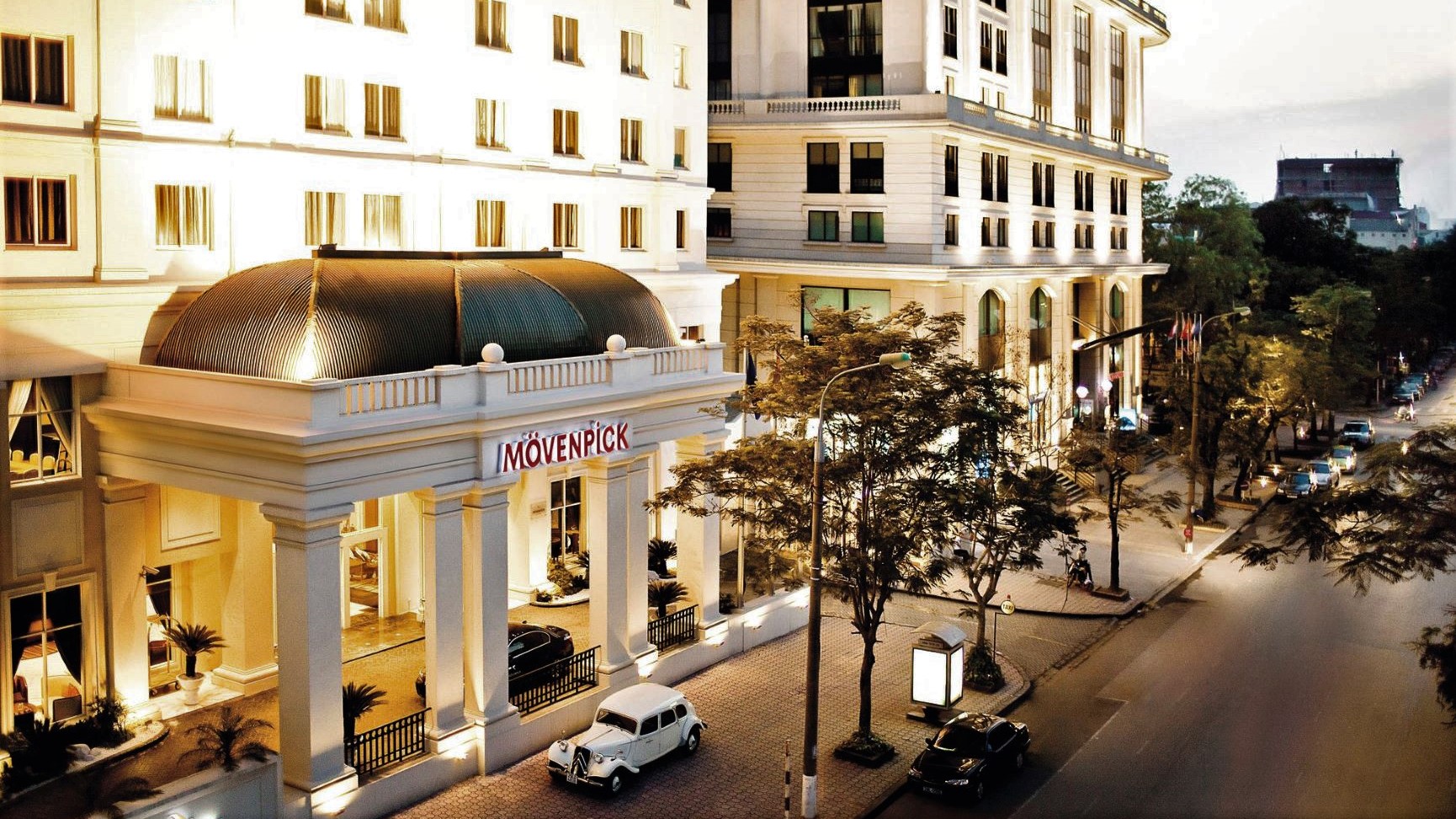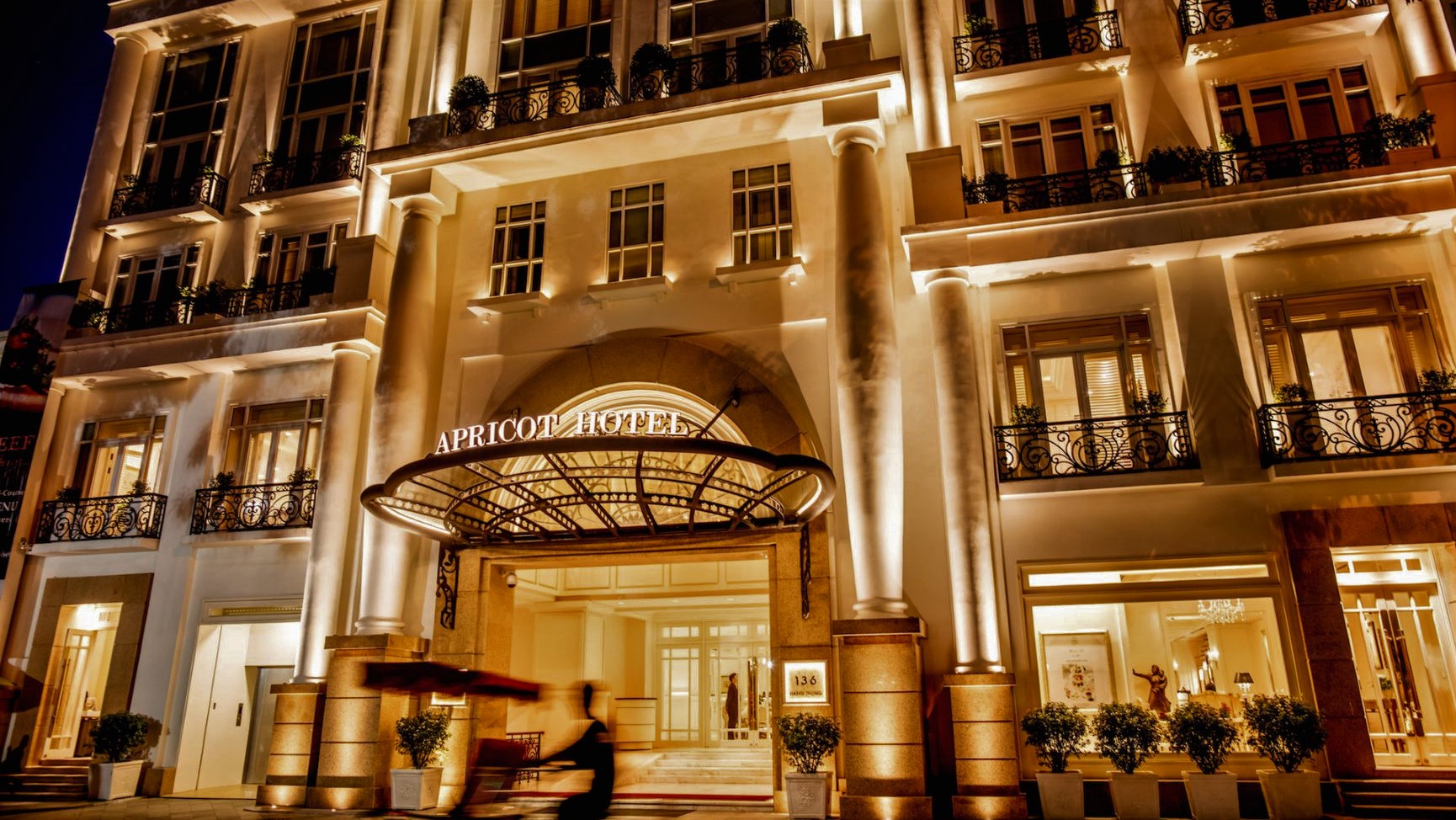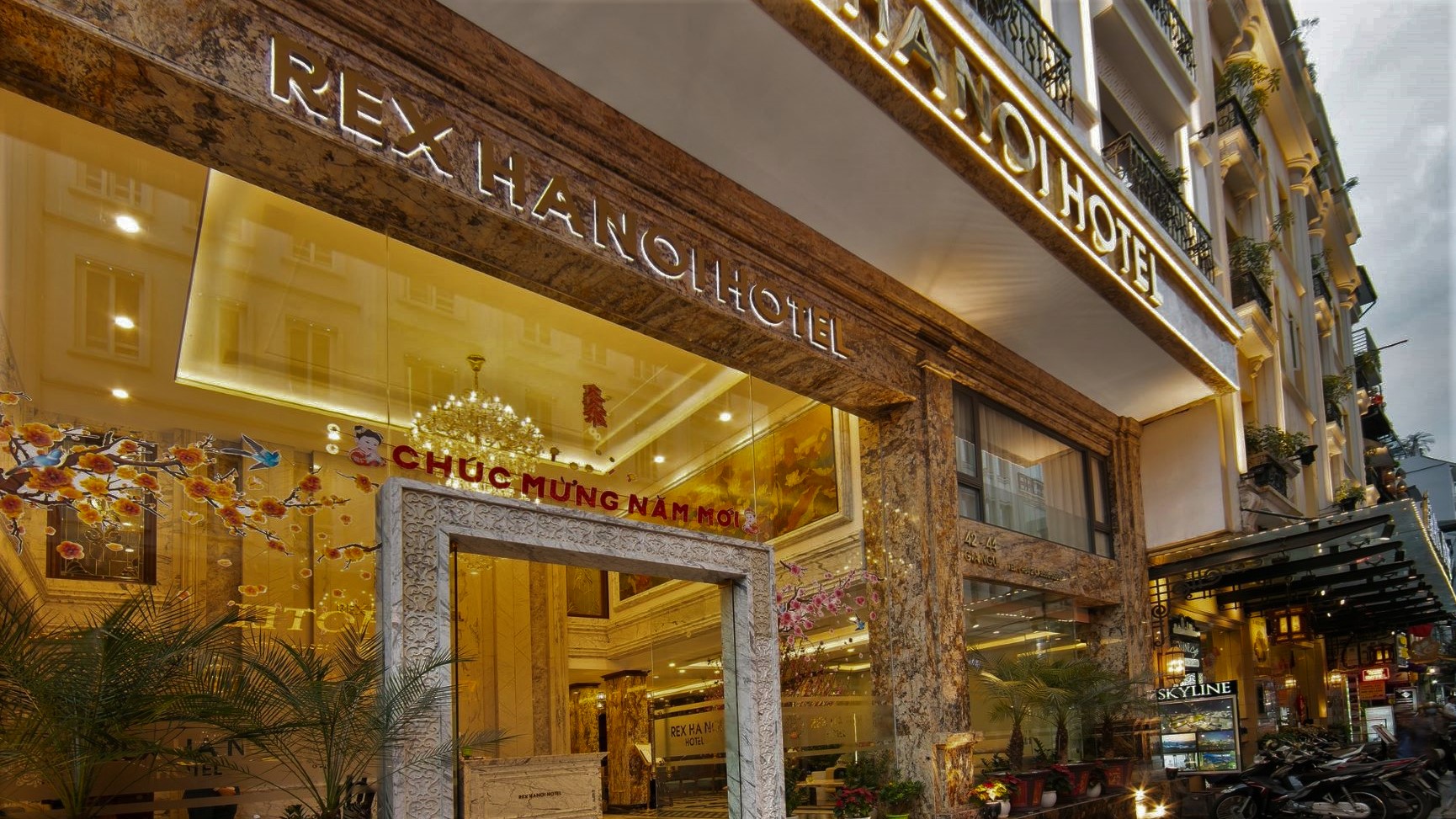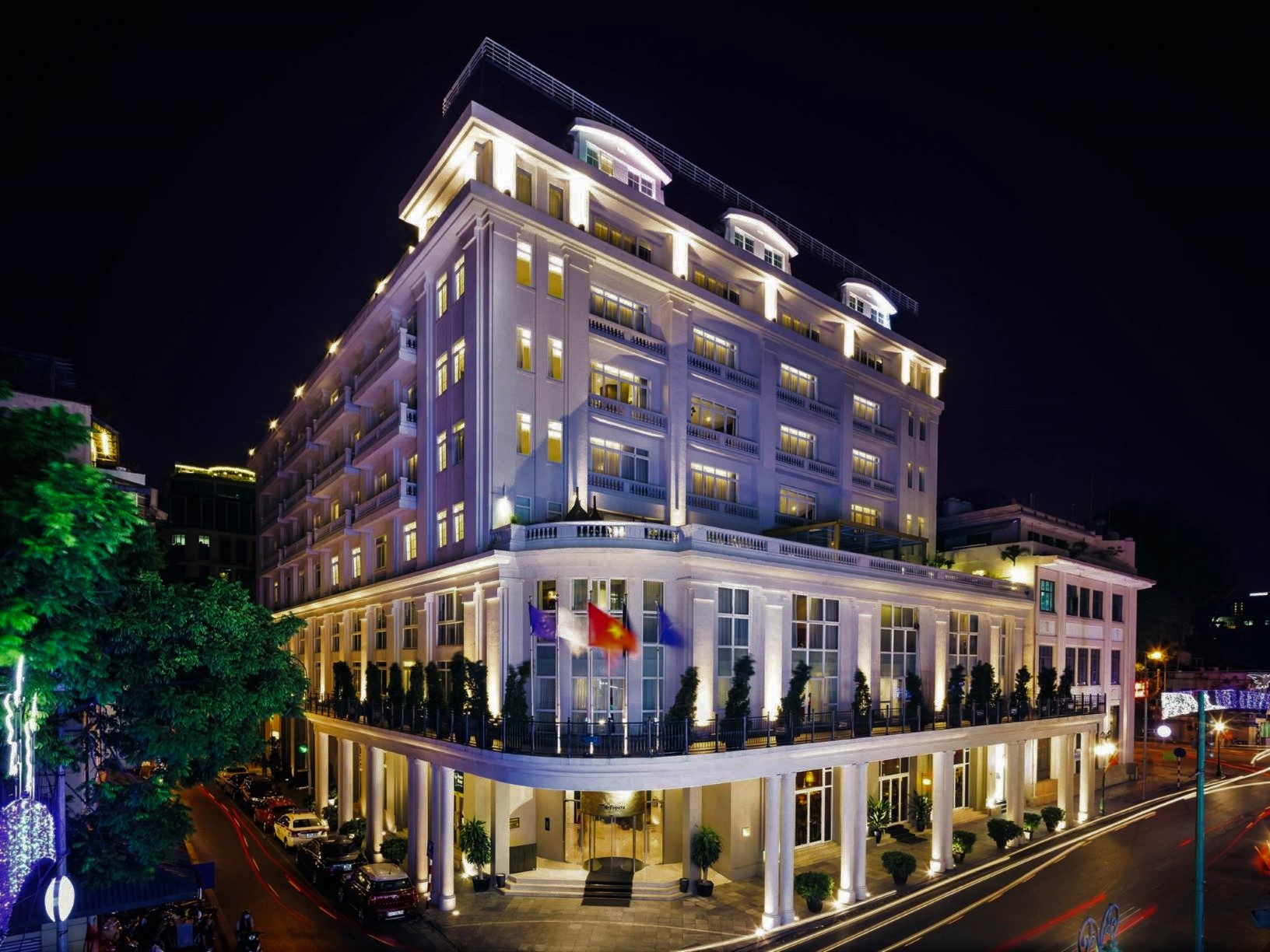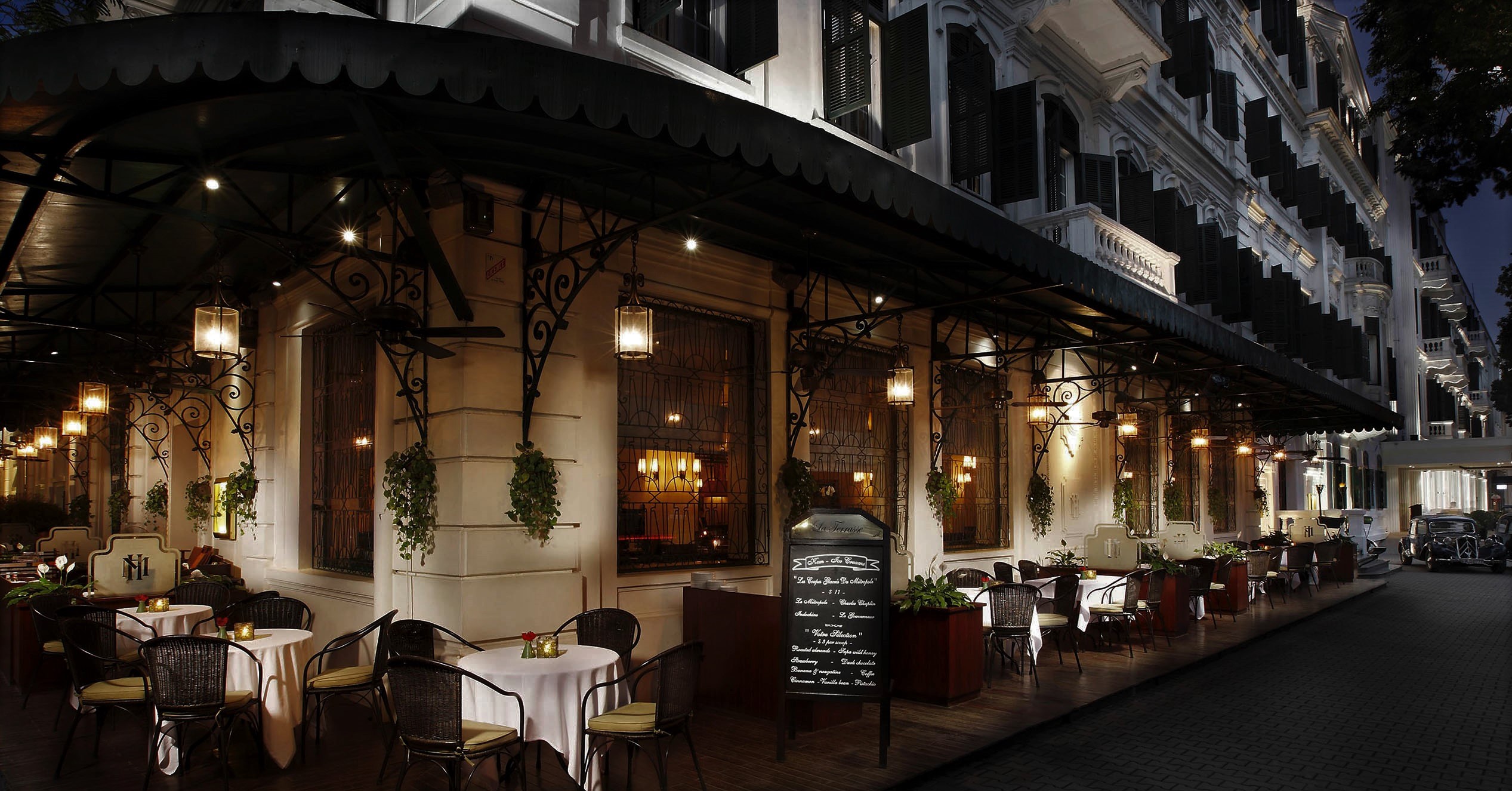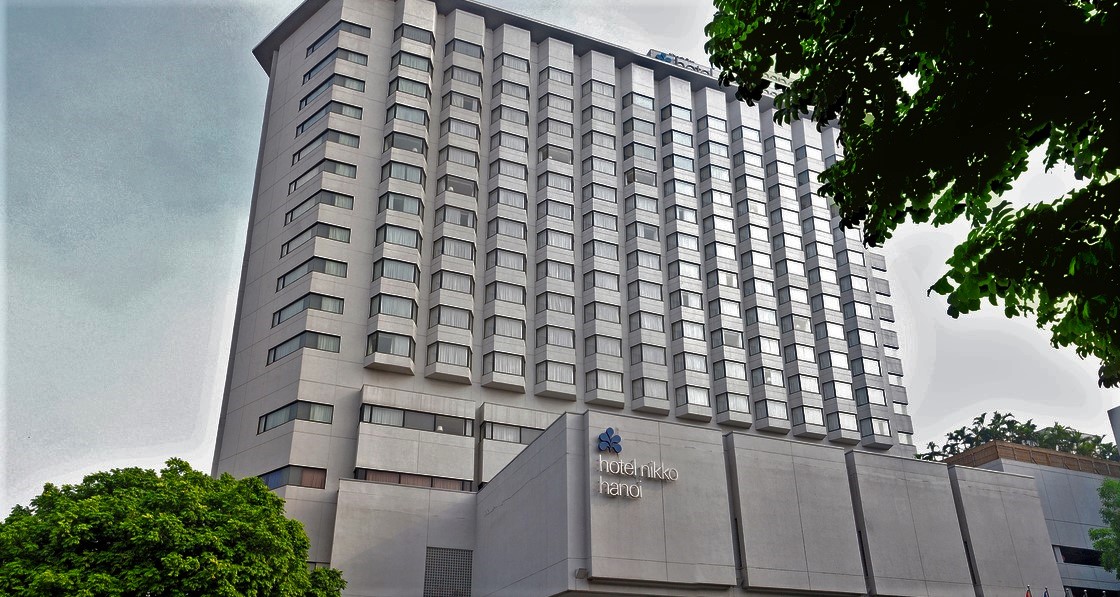WHEN TO GO & WEATHER
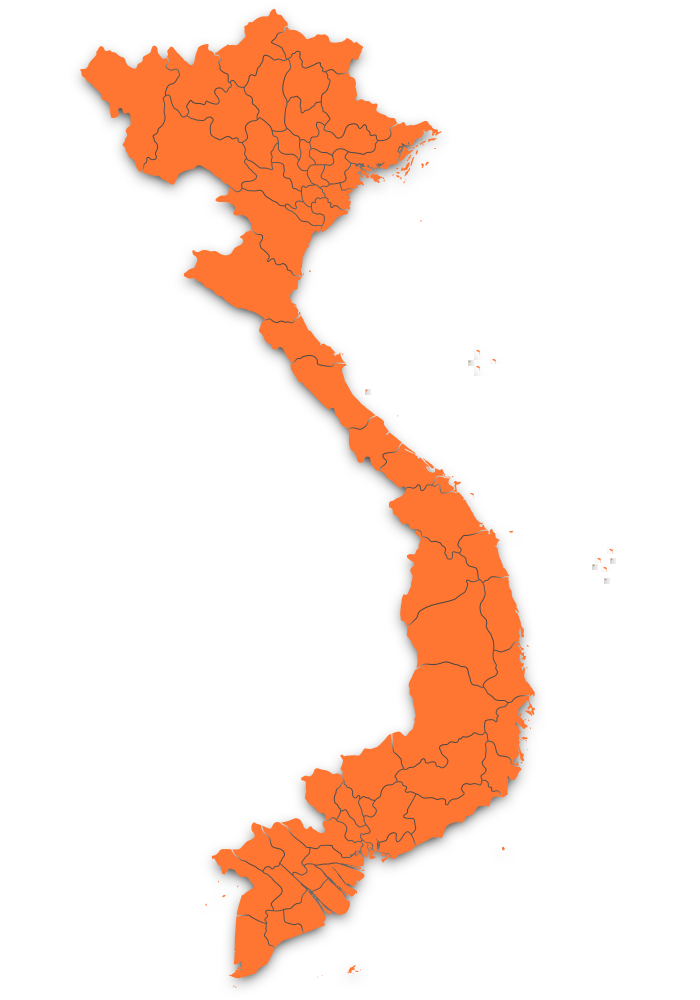
-
North
Hanoi, Halong Bay, Cuc Phuong, Mai Chau & Ninh Binh
Hanoi, Halong Bay, Cuc Phuong, Mai Chau & Ninh Binh
Hanoi and North Vietnam has a distinct winter and summer season. The cool but mostly dry winter lasts from November to April when temperatures average 17-22°C with the coldest months being January - March.
Summer lasts from May to October when it is hot and humid and the region experiences its highest rainfall. July to September are often the wettest months of the year. During these months severe weather can prevent junks sailing in Halong Bay although such weather is rare. -
Central
Hoi An, Danang, Hue, Dalat, Quy Nhon & Nha Trang
Hoi An, Danang, Hue, Dalat, Quy Nhon & Nha Trang
Hoi An, Hue & Danang in the centre of Vietnam have hot and dry weather from mid-January to late August, with temperatures often reaching the mid-30's °C. During the winter months the rainfall increases with October and November achieving peak levels, occasionally in the form of typhoons.
Hue is often cooler than Hoi An, especially early in the year. In addition, with each sitting on opposite sides of a small mountain range the weather can often differ between the two greatly on any given day.
Quy Nhon is a six hour drive south of Hoi An and shares a similar weather pattern although the dry season is slightly longer due to its proximity to the southern system.
At the far south of Central Vietnam, Nha Trang benefits from a longer dry season (typically January to September), with high temperatures and little rain . The rainy season runs from October to early December with almost half the annual rainfall falling in October and November.
Dalat, in the central highlands, is wet from June to October making outdoor pursuits problematic. From November to May it is far drier although cold in December & January. -
South
Ho Chi Minh City, The Mekong Delta, Phu Quoc & Con Dao, Phan Thiet & Mui Ne, Ho Tram & Long Hai
Ho Chi Minh City, The Mekong Delta, Phu Quoc & Con Dao, Phan Thiet & Mui Ne, Ho Tram & Long Hai
With temperatures remaining constant year round, the climate of the south is split into two simple seasons, wet and dry. The dry season begins in November and ends in April/early May with late February to May being slightly hotter and more humid. The wet season lasts from May until early November with the months from June, July & August receiving the highest rainfall of the year. Throughout much of the wet season rainfall is generally heavy but short lasting, often occurring in a mid-afternoon heavy downpour.
The average temperatures in the south range between 25 - 35°C year round.
In the far south, the islands of Phu Quoc and Con Dao can be enjoyed year-round, with high chances of sunny days, although if visiting outside dry season, afternoon downpours should be expected.
Arrival in Vietnam Vietnam Visa on Arrival is a way of getting a valid visa to Vietnam, in which the applicants will need to get a visa approval letter online beforehand and pick up full visa at Vietnam international airport upon arrival.
01. Submit Application
fill out the form online with minimum required information:
Full name – The same as in passport, Date of birth, Nationality, Passport number, Date of arrival, Type of Visa
02. Get Approval Letter via Email
After 2 working days (normal service); YOU WILL:
Get visa approval letter via email (attached with Vietnamese visa application form)
After that, need to:
Print out the letter and the form,
Fill out the Vietnamese visa application form,
Prepare 2 passport-sized photos 4x6cm and cash for stamping fee,
Put all above mentioned things along with your passport in a package,
then show them to Immigration officer at Vietnam arrival airports.
03. Get Visa Stamped at Arrival
Travel worry-free
Upon landing, head to the Landing VISA (VOA) Counter, present the following:
Your passport, Visa approval letter
2 Passport-sized photos
Vietnamese visa application form, and Stamping fee
to the Immigration Officer to get VISA stamped onto your passport.
An electronic visa (e-Visa) is a type of visa issued to foreigners by the Vietnamese Immigration Department via an electronic system, providing permission to travel to and enter Vietnam. The Vietnam e-Visa is valid for a maximum of 30 days (single entry).
Vietnam evisa requirements
Before thinking of applying for the evisa, you need to put together a few documents. First of all, you need a valid passport. However, make sure that the passport you currently have will keep its validity six months from your date of arrival in Vietnam. You also need a means of payment. The most common is the credit or debit card, but you can use a Paypal account as well if you have one. Once you have all these, you can go on and fill in the application. Along with the basic information, you will also be required to answer a personal questionnaire. The entire process should not last more than ten minutes. If by any chance, you need some help with the application, there is a 24/7 assistance service that is ready to take your call and help you with whatever questions you may have.
Processing time and cost
As mentioned above, the Vietnam evisa cost is not very high. It is entirely affordable. However, it depends on the processing time you choose when you fill in the application. There are three options:
• Standard processing – the standard processing lasts five business days. It is a long time comparing to arrival letters, but it is a more complicated process, which is why iVisa cannot guarantee a shorter amount of time. The price for this processing is 45$ (or the equivalent of your country’s currency.)
• Rush processing – the Rush processing will shorten the waiting time with one day. You will receive the requested document in 4 business days. However, that one day will cost you an extra 30$, which means you will have to pay a total of 75$. It is up to you if that one day is worth the extra money or not.
• Super Rush processing – this option is meant for people who are in a hurry. The evisa will be ready in three business days, but your bill will get a 60$ increase, which means your total is going to be 105$.
The Vietnam evisa is valid for 30 days and provides a single entry. Using iVisa to obtain this document is one of the most convenient ways at your disposal. You do not have to go anywhere, you can save yourself some trouble by not standing in line at the consulate, and the process is highly efficient
If you are getting a Visa on Arrival take dollars to pay for these.
After that, everything should be paid for in Vietnamese Dong. You will get the best exchange rate by taking your home currency with you then changing it to Dong when you arrive in Vietnam. Alternatively, take a card and withdraw dong from an ATM in Vietnam.
Maybe. If you have a 12 month visa, residency permit and proof of employment in VN, you may be able to get a Vietnam licence. International driver's and foreign lisence is accepted in Vietnam but they are not acceptable and if you have an accident you may void any insurance cover. Traffic jam is a huge problem in big cities (Hanoi, HCMC) of Vietnam. We wouldn’t recommend anyone to try ride a bike or motorbike there. It's good idea if you use different transport sush as: bus, bicycle, taxi,...
You can buy Sim Card in everywhere in Vietnam (including airport).
SIM cards and top-ups can be purchased practically anywhere in Vietnam – from dedicated mobile shops to mom-and-pop shops operating out the front of someone’s home.
Total to get started – roughly 200,000VND (or about US$9) will get you a SIM card and a basic allotment of data.
Connection speeds can be unreliable in high-density areas due to an increasing number of smartphone users.
Add a VPN to your device to ensure access to sites you reply upon and to keep communications secure.
https://www.bestprice.vn/du-thuyen-ha-long/?bptid=TTBkSFYwUllORkEwUm5KcWVXSXdhSEl2T1RabFFsZEdMelJIZUdab1pGcHVTRUZDUm5wSFF6UkVWVDA9&gclid=CjwKCAjw3qDeBRBkEiwAsqeO7siAkE74pOs1eLw35g5A4L-A7DKi5zLRlK8eMQIU6iX8IPMTCKhs-xoC25EQAvD_BwE
Yes, you do. But you also can give the hotel reception your indentification card (ID card). Because they just want to take your information for check in procedures and they will give it back to you immediately after finishing the check in. Some hotel can hold your passport and ID card, but they will hold it very careful and they will give it back for you after finishing check out.
You can get a train ticket and check the train schedule directly in train station or ticket office, or book ticket on the website, or at the ticket agents of the railway of Vietnam.
The transportations you can use to travel around the center:
1. Motorbike taxi: it is the most popular transportation in Vietnam, motorbike taxi in Vietnam travel divided into two types: motorbike taxi tour and motorbike taxi a long the road. It makes many visitor exited and the cute thing about the motorbike taxi is that anyone who has ever traveled can understand it.
2. Cyclo (rickshaw): the most unique transportation in Hanoi center, you should try it when you come Hanoi - Vietnam, to go around and discover Hanoi Old Quaters, enjoy bustling atmoshere in Hanoi center.
3. Electric car: Electric cars are very convenient and cheap for travelers who want to see the streets and enjoy the atmosphere in Vietnam
4. Rent a motorcycle: it's great experience when you traveling in Vietnam. But the traffic in here is very complicated, you should consider when you try it.
For Vietnam, any time can be a good time for travel. The opposing monsoonal season, which means different weather patterns from North to South, will give each time in the year an advantage. Plus everyone has a preference. Therefore, each month or season in Vietnam will meet one of these expectations, if not all.
1. January - March: Vietnam weather between January and March is characterized by cool and occasional light rain in the North, warm and dry in the centre and the south. The period between January and March also sees the most colourful festivals taking place all over the country, including Tet festival. You can go: Hanoi and Ho Chi Minh City (during Tet holiday), Sapa (January, March), Dalat (January), Nha Trang (February, March).
2. April - June: Fine weather: the season transforms from spring to summer so the weather is cool with occasional light rain. You can visit Hanoi and Ho Chi Minh City during April 30th - May 2nd, which coincide with the long holiday in Vietnam. Enjoy time in the city: fewer traffic congestion, nice fresh air and perfect time to visit museums and tourist spots. And explore Sea festival in Hue and fall in love with the beauty scenery in here and join in festival with local people.
3. July - September: June to early September is a wet and hot period. It does not sounds like an ideal condition to travel, but for beach and sun lovers, they cannot find a better time to visit Vietnam than this. You can come popular places with beautiful beaches like Halong Bay, Sapa, Danang, Nha Trang, Phu Quoc... to enjoy summer time.
4. September - December: Good time to visit the North of Vietnam such as Hanoi, Sapa, Halong Bay and other provinces nearby, the sky is clear and the wind is gentle. the weather is the most beautiful in the year for North Vietnam and rainy in the rest of the country. Uncrowded public space since domestic tourist season is over. You can visit Hanoi, Halong Bay, Sapa and the northern part of Vietnam. Ho Chi Minh City and non-beach areas are also great to visit during this time of the year.
ALWAY BE CAREFUL WITH YOUR PRIVATE LUGGAGE – THE FIRST THING TO NOTE
Vietnam is a developing country however, we can not refuse that there are still many people with the bad consciousness. The foreign visitors like you are always the main objects for the robbers or stealers. Therefore, we advise you to watch your personal items carefully. They have many ways to approach your bags and steal suddenly.
Other thing to note when traveling to Vietnam, the mobile phone is an item that is very easy to loose. Keep it tightly and avoid using the cell phone at the deserted places. You also should not put it in your behind pocket. That will become the golden chance for the robbers.
CONSIDER WHEN GOING ACROSS THE ROAD – VERY IMPORTANT THING TO NOTE
Traffic in Vietnam is very complicated. And unluckily, you can become the victims of the unexpectable accidents. So, we recommend you to look around before you go across the road.
We are often kidding that in Vietnam, the middle of the way is the main street. Therefore, the second thing to note when traveling to Vietnam is be careful with the traffic in Vietnam is our first advice for the travelers.
CHECK THE MONEY WITH ITS VALUE – THING NEED TO NOTE WHEN TRAVELING TO VIETNAM
If you have acquainted with your currency in your country, you should learn carefully them in another. This is always essential problems that each visitor has to know. An important thing is you should remember the value of each paper of money. The simplest way to remember the Vietnamese currency is based on their colors. You will see that different colours have different values. For example, paper of 20.000 VND is blue while paper of 100.000 VND is green. It will help you not too loose your money in any case.
READY TO COPE WITH THE WEATHER
Vietnam is kind of tropical climate, but the weather is pretty changeable. Especially Hue city, Therefore, you should be ready in your mind to adapt it to not be astonished. If possible, you also ought to prepare your medicine to keep your health well. About clothing, you do not need to worry too much because the laundry is available at any time for you.
PAY ATTENTION TO THE VENDORS:
The vendors are always the troubles for the tourists. They have many of tricks to make you buy their goods with high prices. Sometimes, the quality is also very bad. You are always the person gets the disadvantages. The thing to note when traveling to Vietnam for you is to ignore them if you do not tend to buy anything.
1. Language in Vietnam: Vietnamese is the official language of Vietnam. English is the second popular language unofficially in Vietnam.
2. Some Vietnamese specialties that tourists may not like
- Tiết canh( duck's blood curds): it's made by bood of duck or chicken. This is specialities of Vietnamese.
- Trứng vịt lộn (duck egg balut): it is popular dish of Vietnamese people, often eat together with vegetables, ginger or wormwood.
- Đuông Dừa ( larvae coconut worm): this dish is made with fish sauce. The larvae coconut worm also wiggled in the bowl of chili paste sauce to make those who first enjoy this specialty also feel fear.
- thịt chuột (mouse meat): This is a specialty of some northern regions, and it is very expensive.
- thịt rươi ( rươi meat)
- thịt chó (dog meat)
According to the Ministry of Finance, VAT refunded goods must live up to these four requirements:
1. The purchased goods must be subject to VAT, unused and is allowed on aircraft.
2. The purchased goods must not appear on the list of export prohibitions or restrictions.
3. The purchased goods must have invoices and VAT refund declarations issued within 30 days of departure.
4. The purchased goods must be bought from a single shop in one day duration and must be value of at least VND 2.000.000
How to get the VAT refund?
1. At the payment counter, inform the staff that you would like to have the Tax Refund Receipt. The staff will ask for your passport to create the VAT refund declaration form. Then they will issue you an original copy of the tax refund receipt. Keep your original receipts and tax refund receipt.
2. Before departing for airport, you should pack the purchased goods, your passport along with the invoices and VAT declaration form separately for easy retrieval during inspection at the airport. The airport staff will ask to see these items, therefore you should be get ready for them to be inspected.
3. Upon arriving to the airport, head over to the VAT refund customs inspection office to present all the items mentioned above.
4. Once you’ve finished all the paperwork to get your declaration form, the staff will collect your boarding pass. You will then bring your check- in- luggage to the Tax Refund Desk, where you will receive your refund. The refund will be in Vietnam Dong so you will have to head to a currency exchange. At Noi Bai, there is a Maritime Bank and Vietcom Bank while you will find BIDV and VietinBank exchanges in Tan Son Nhat airport.

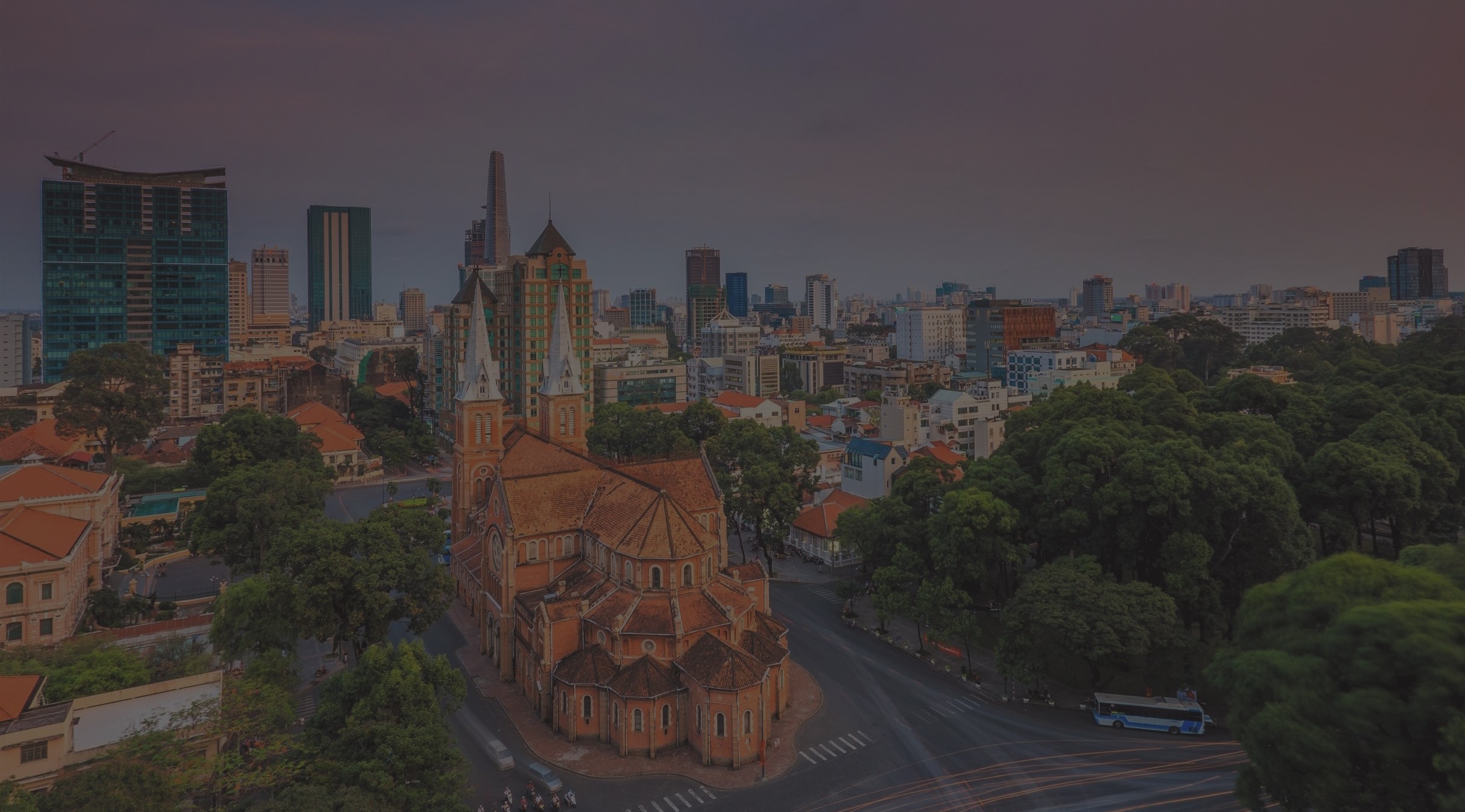






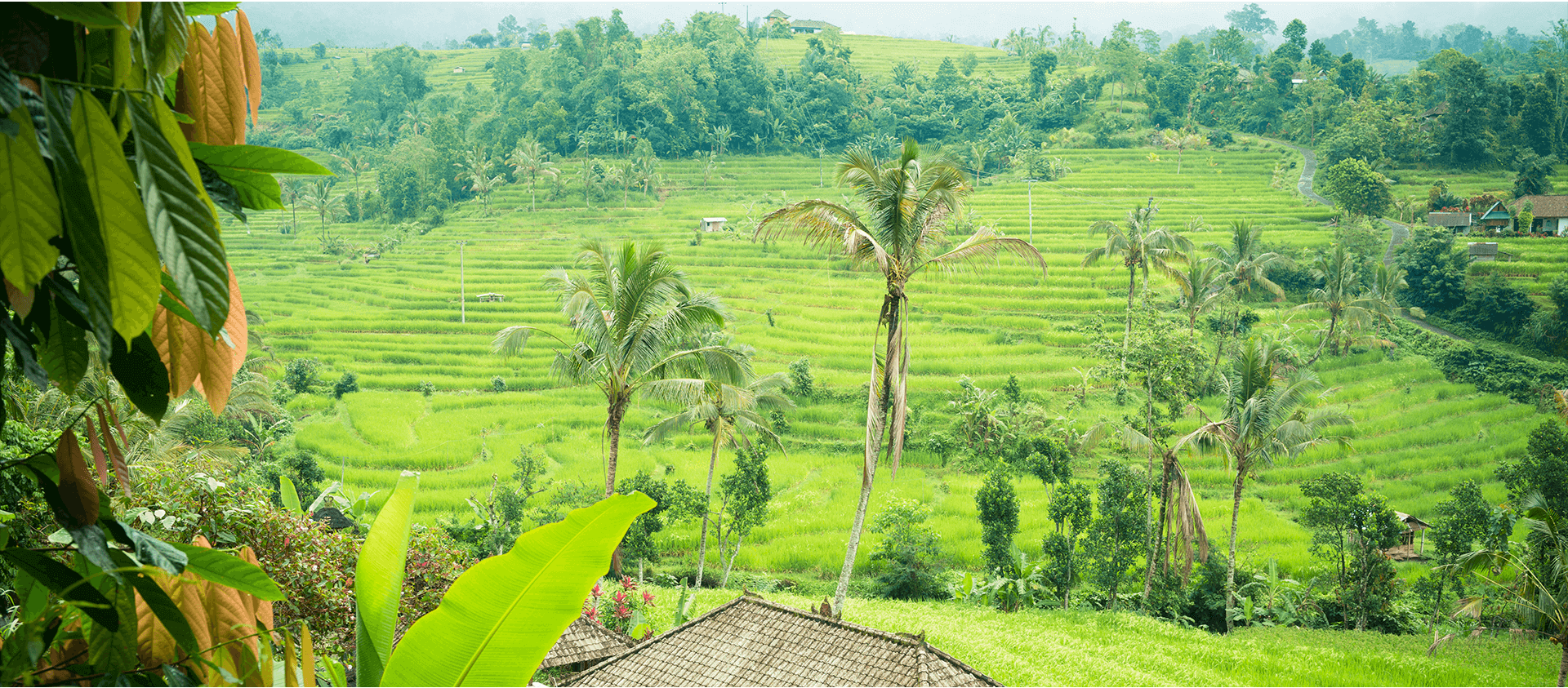
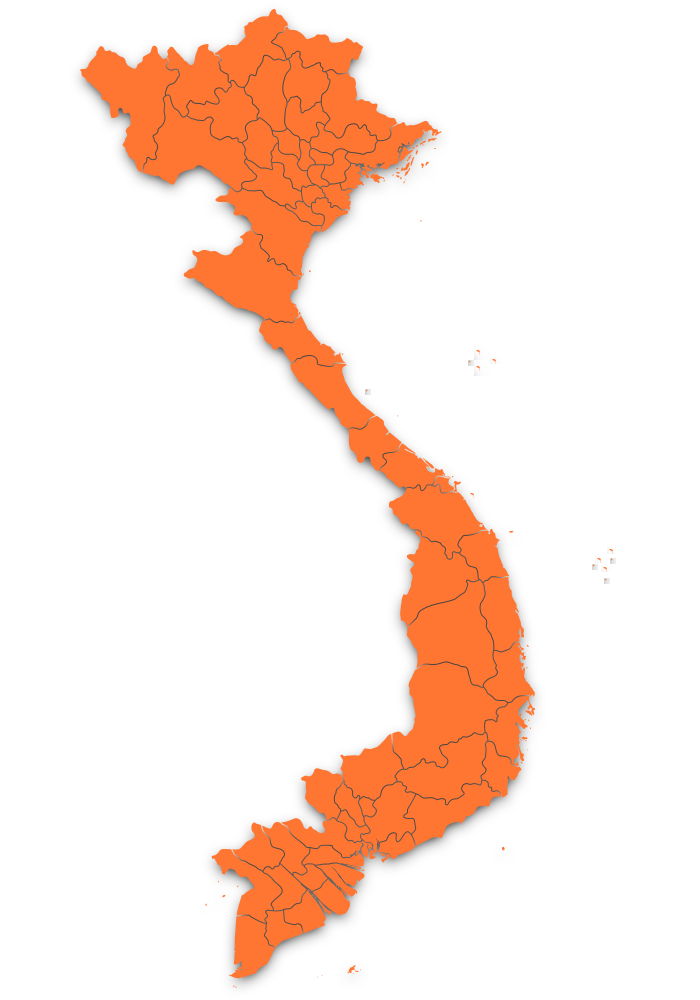

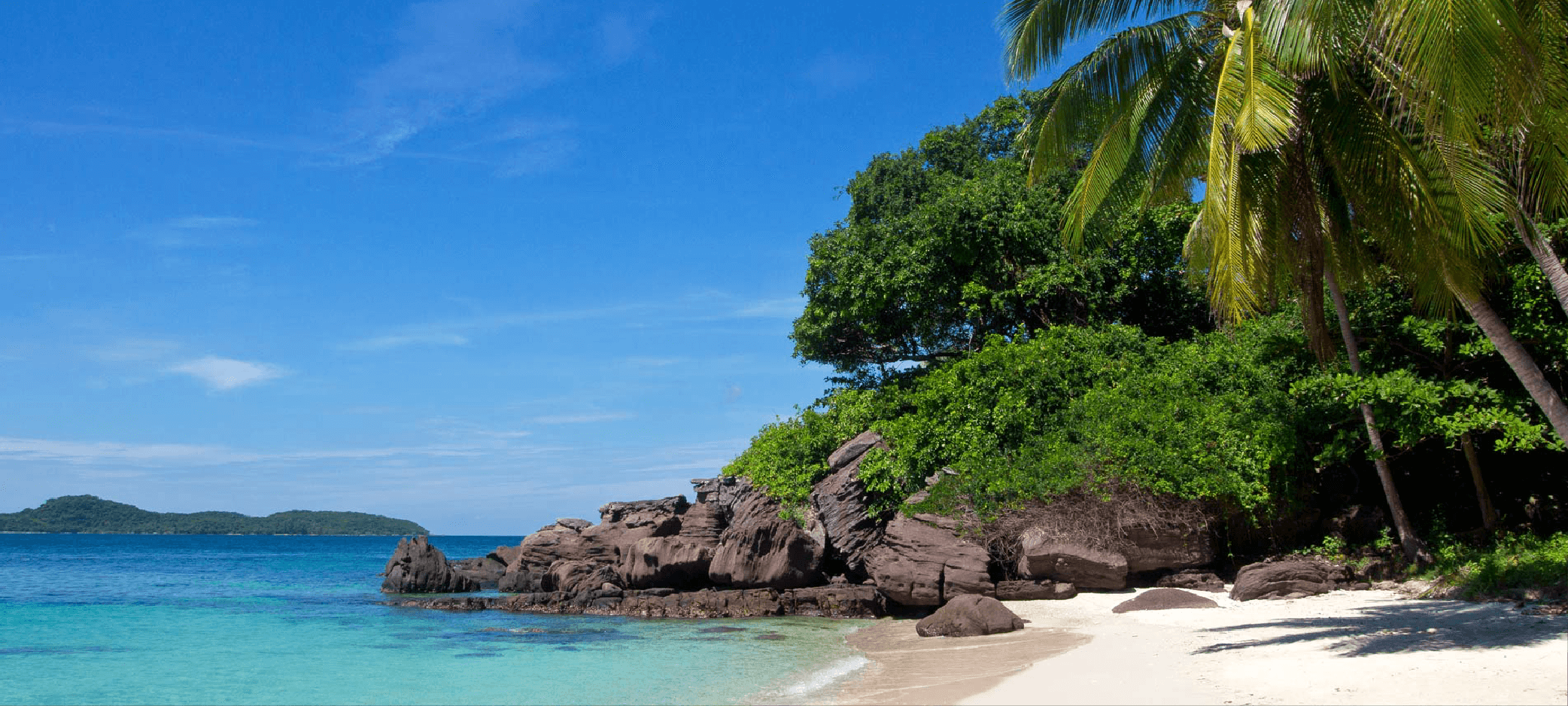
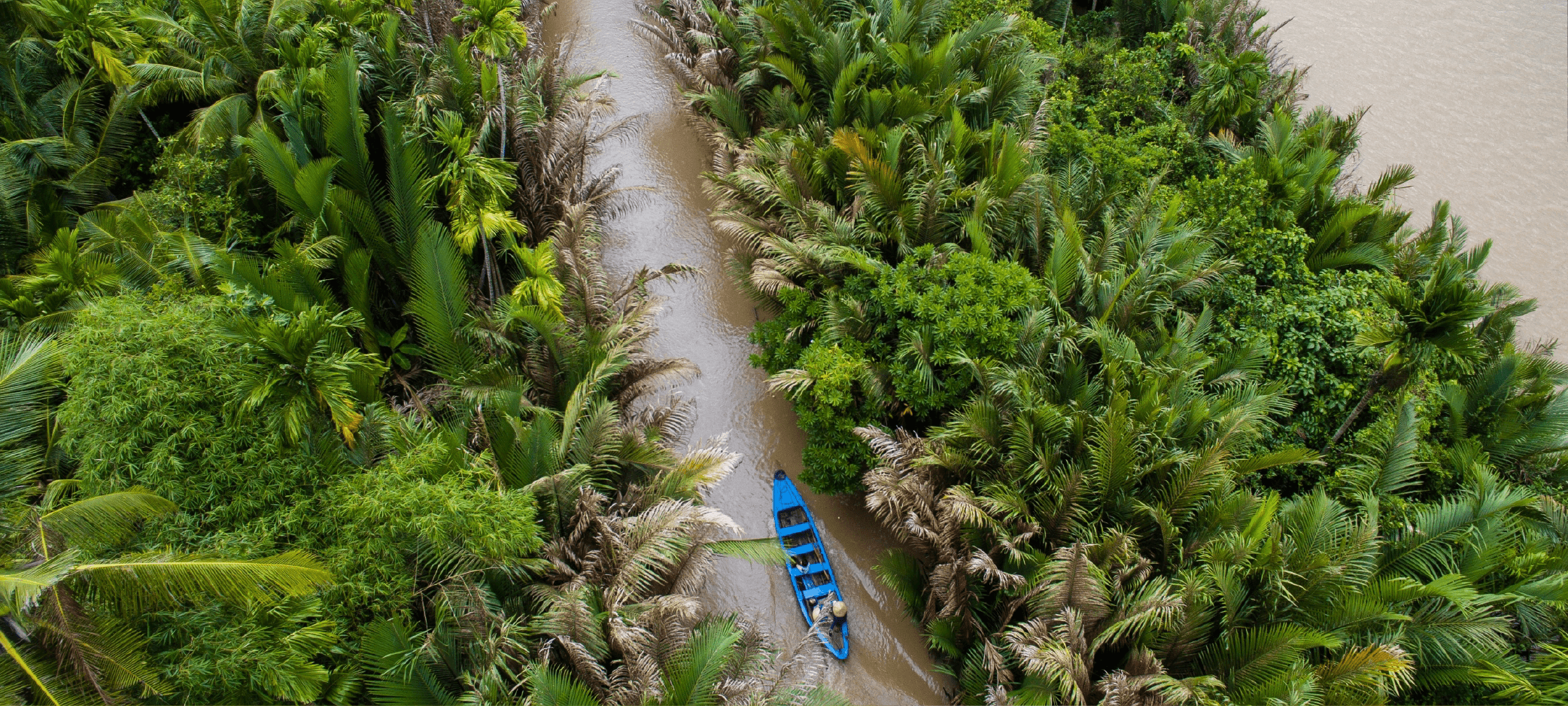
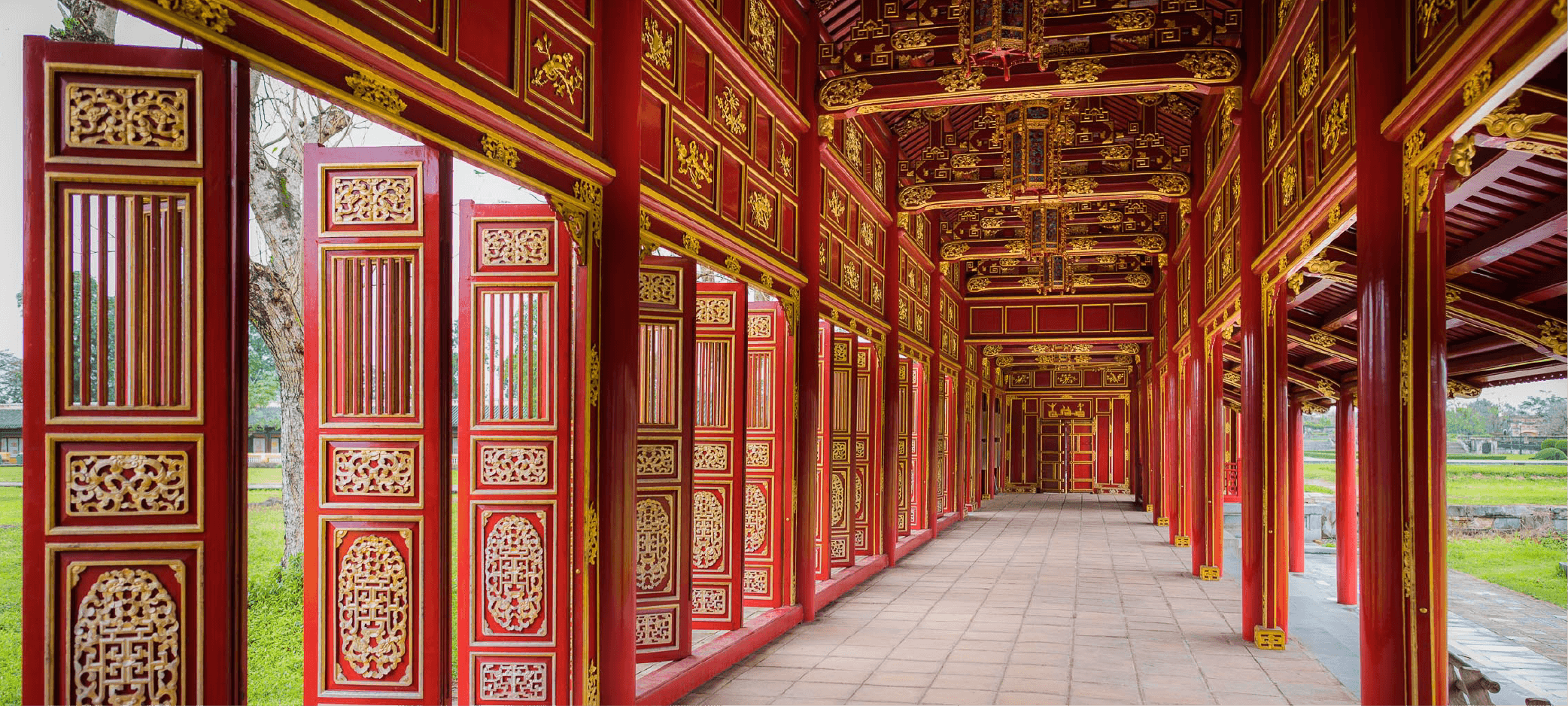
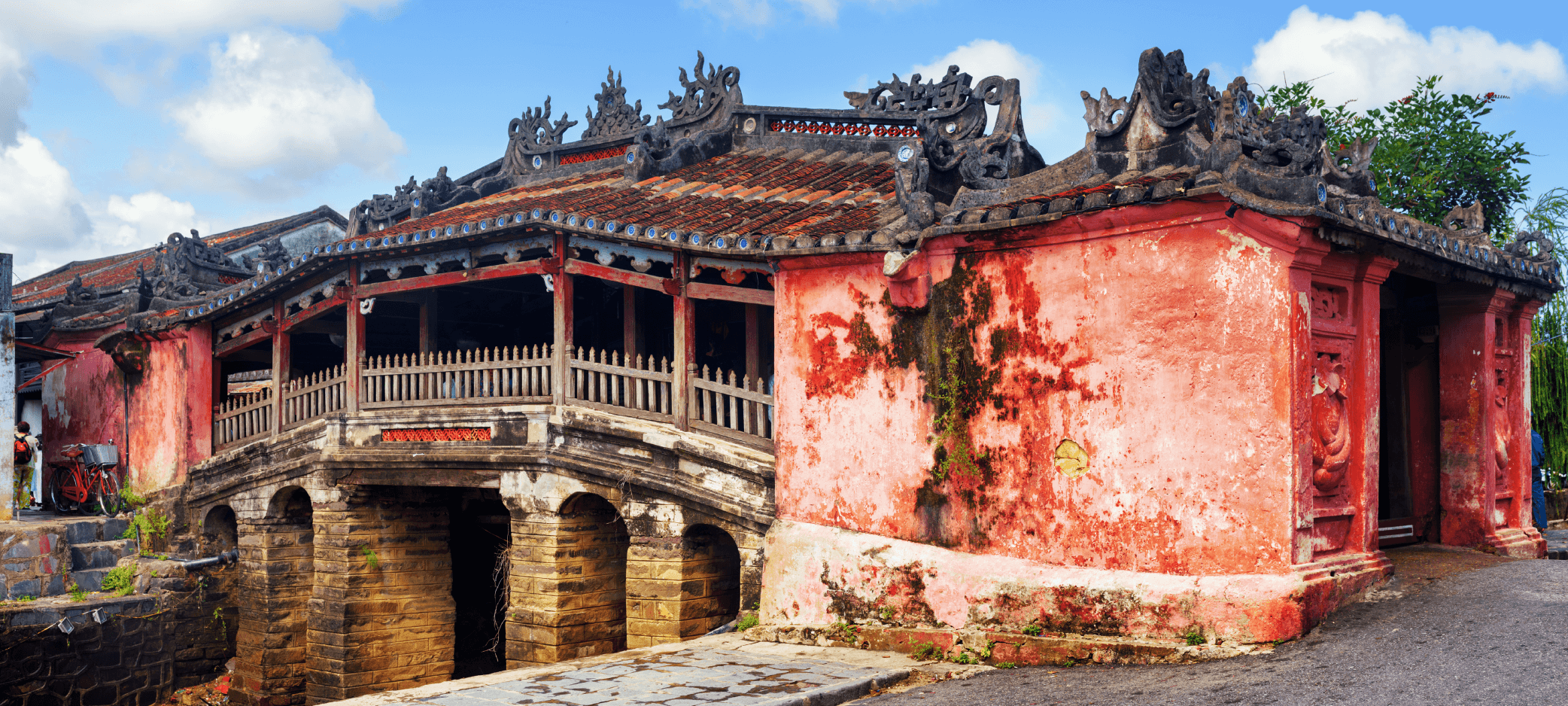
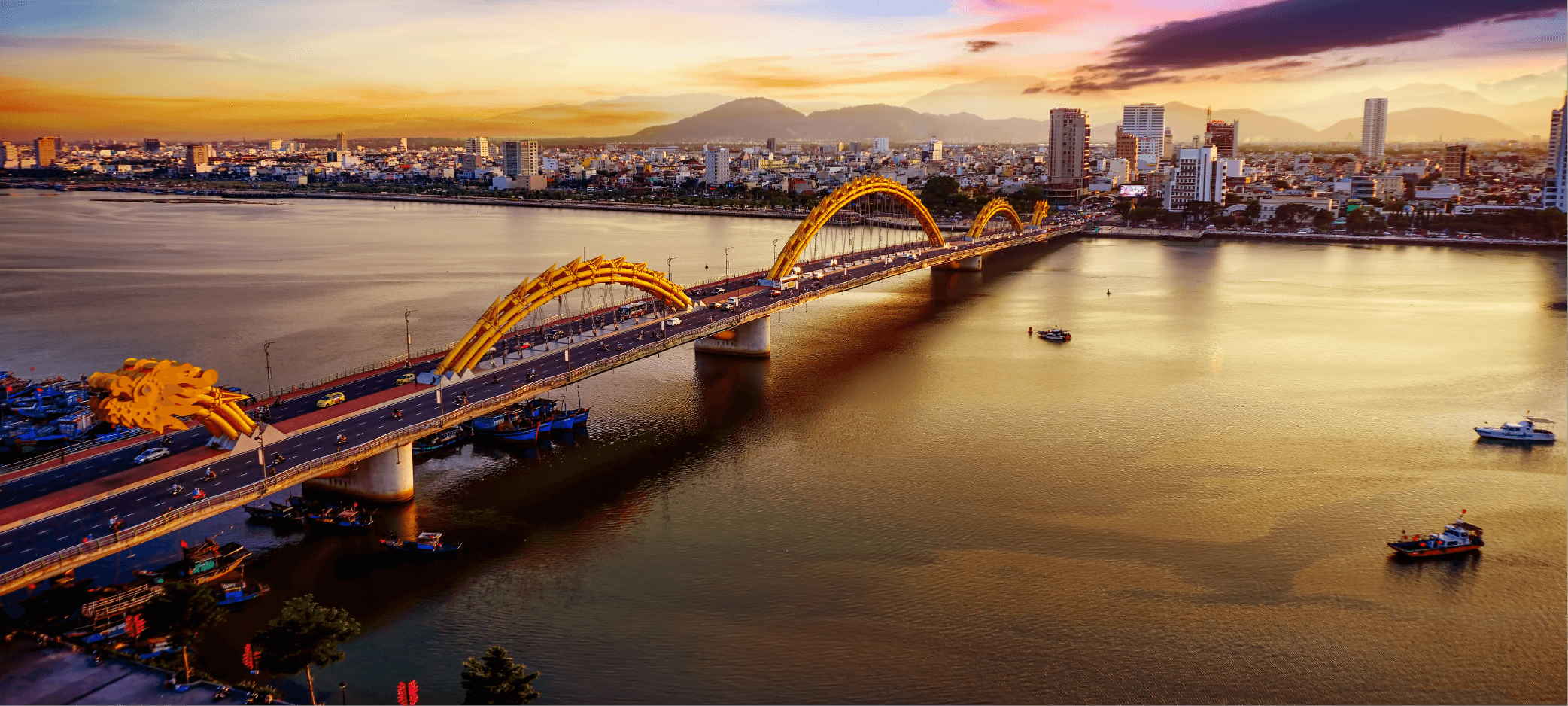
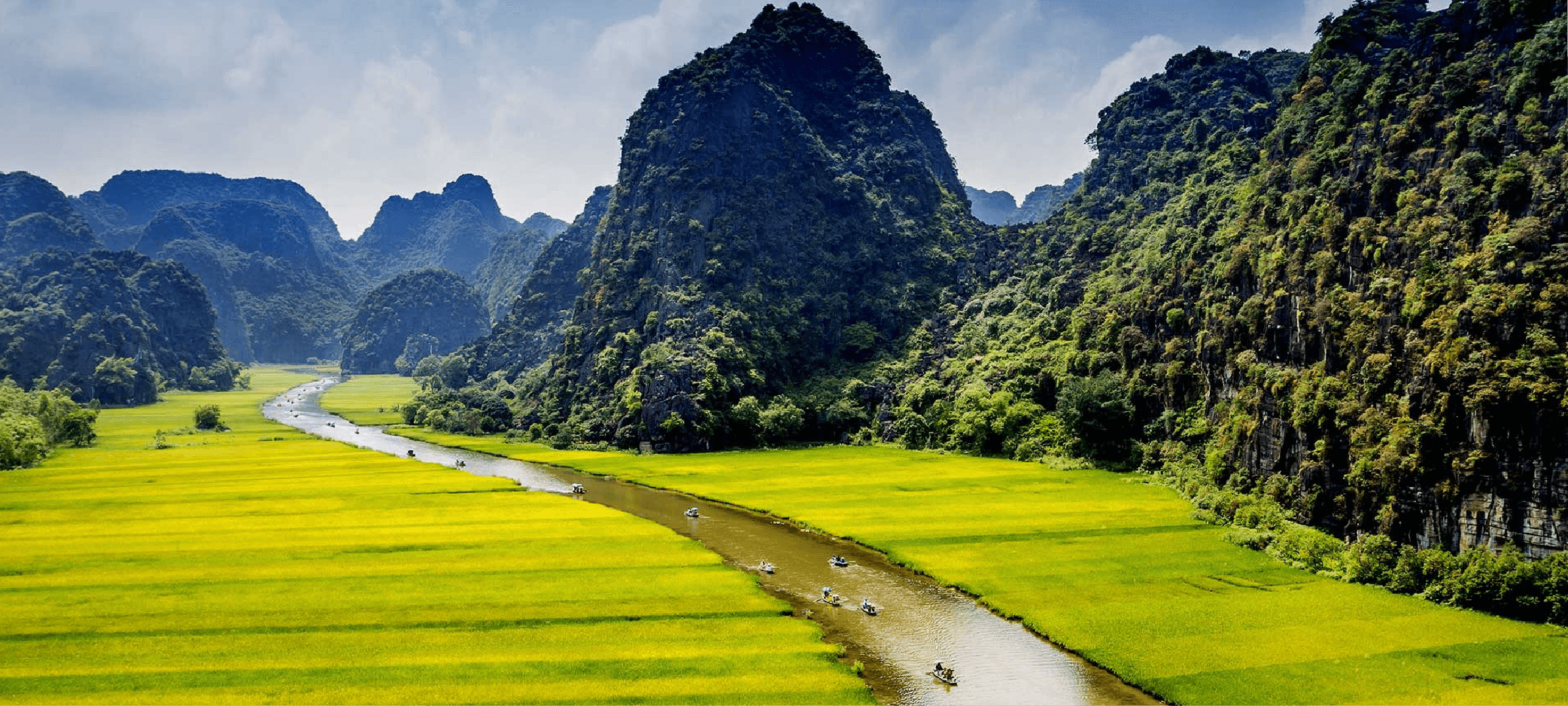


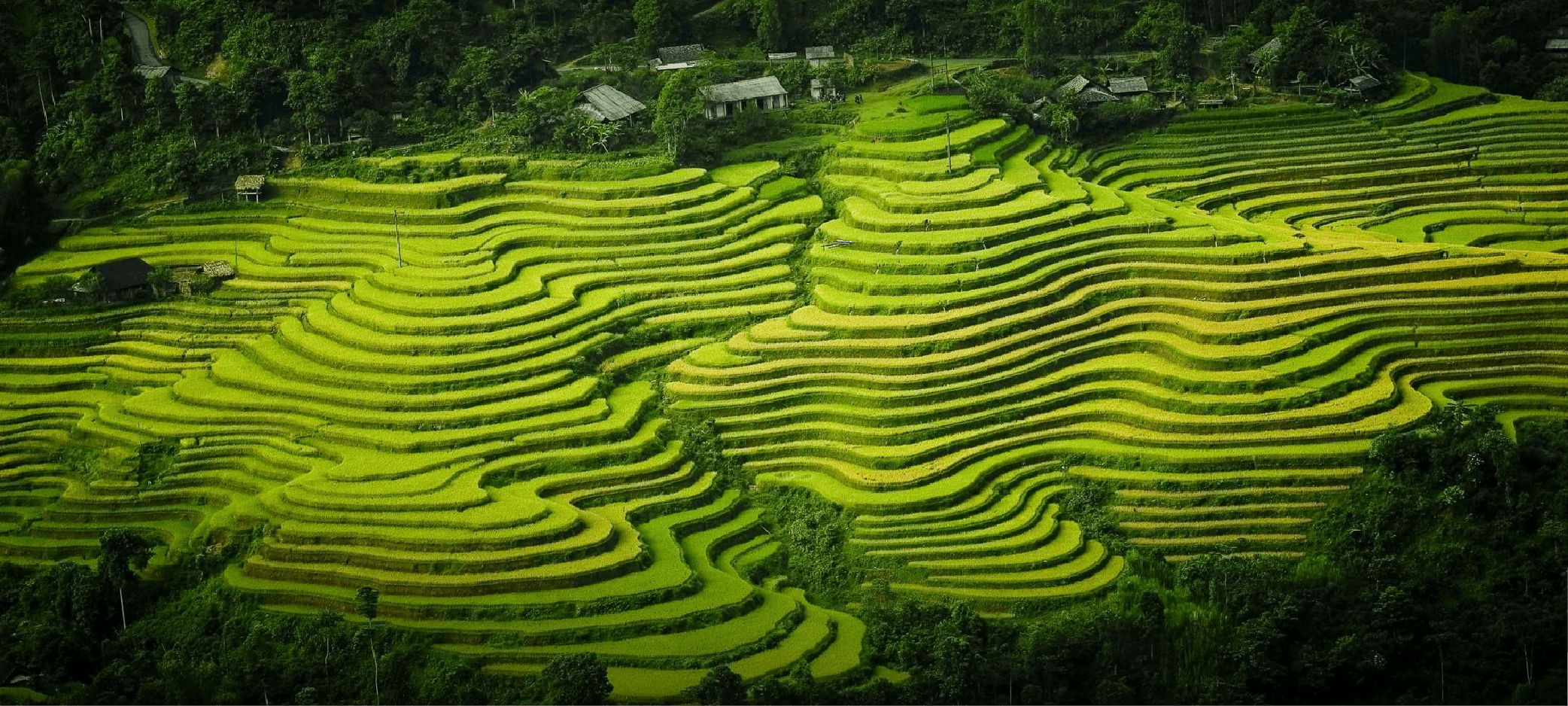
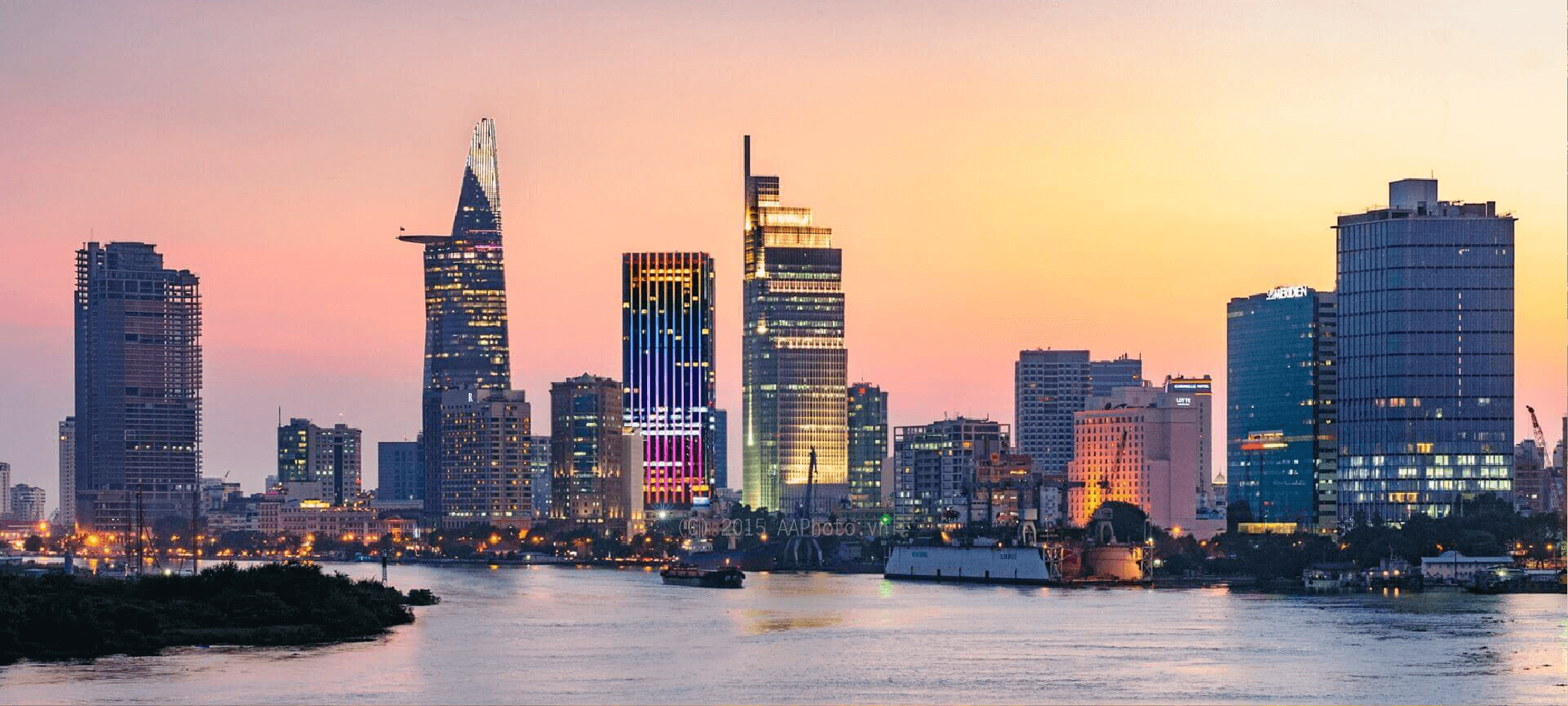
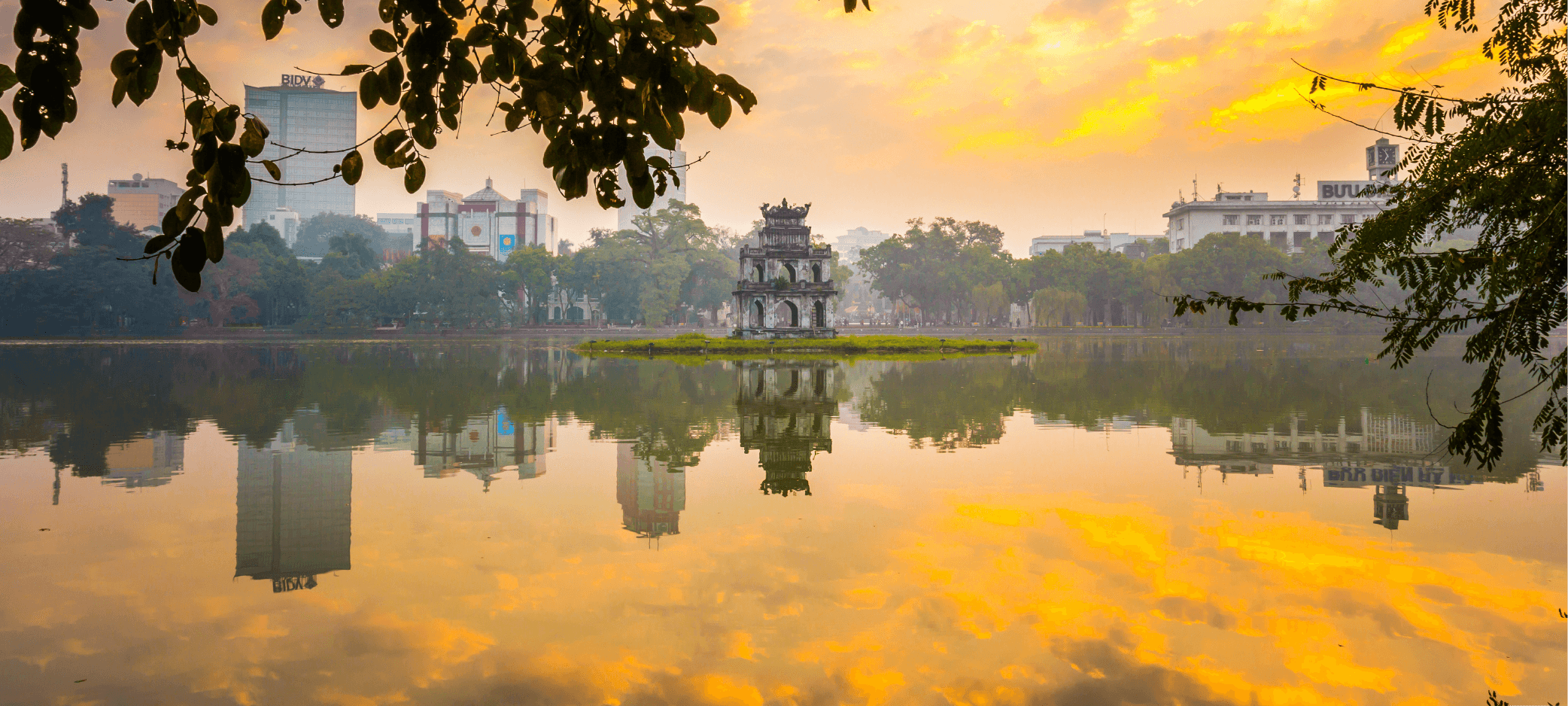
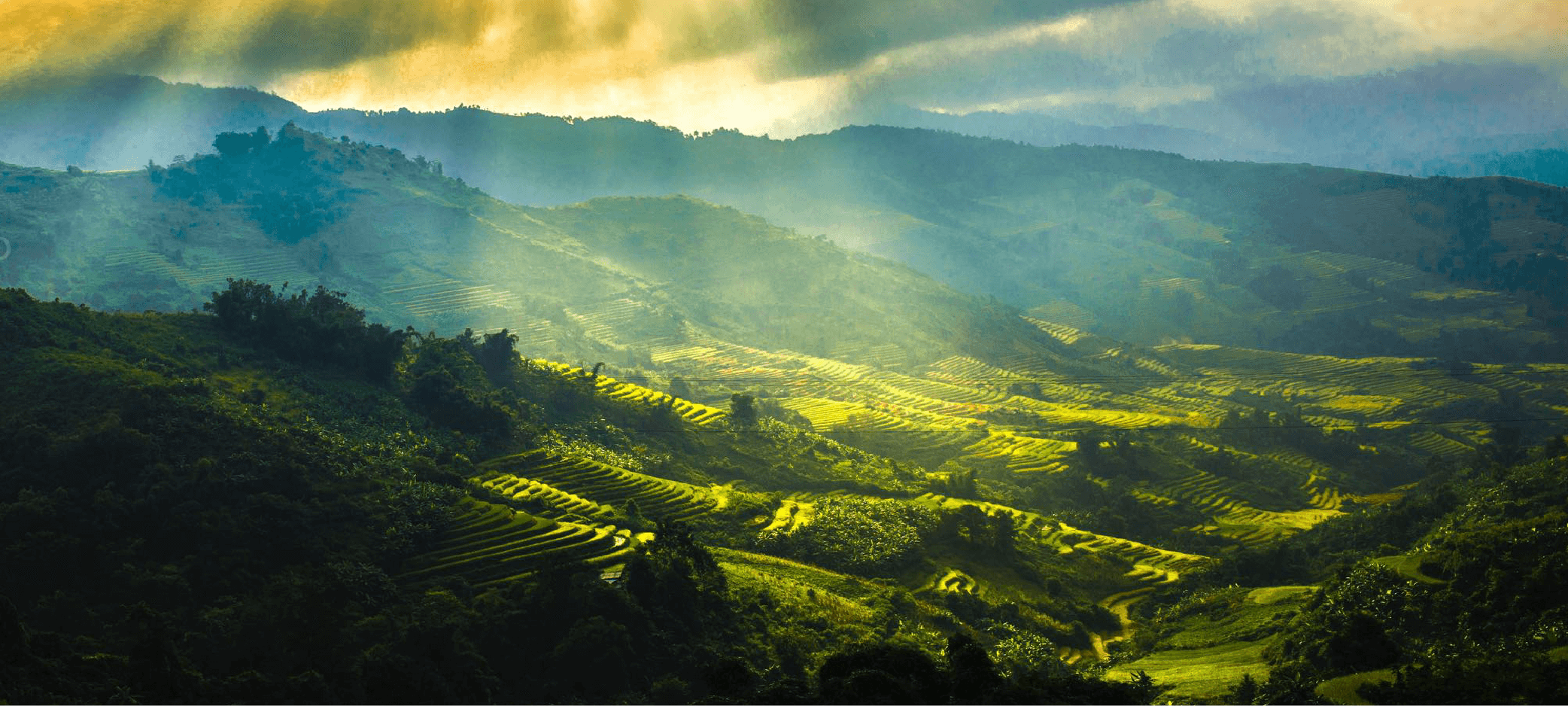
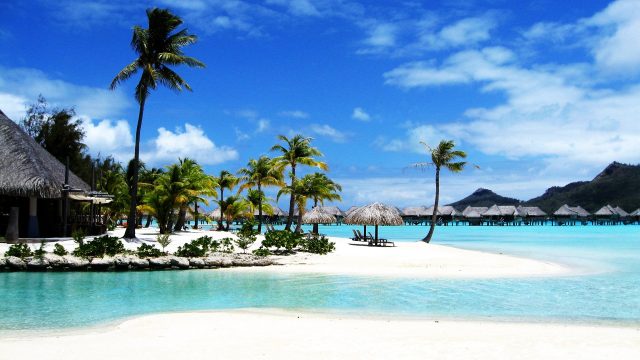

.jpg)
.jpg)
.jpg)
.jpg)
.jpg)
.jpg)
